In verse 16 of the Holy Quran; Surah Al-Ghashiya, “Do they not look at the camels, how they are created?”. Why did God say to look at the creation of camel when there are so many animals? Are there any exceptions to this, which is why Allah specially mentioned him? After searching the net, what was seen was like being stunned. What a skillful, extraordinary creation. Allahu Akbar.
You, too, know the beauty of Almighty’s creation. The camel is a marvel of nature; it survives in 53-degree heat and minus -1 degree winter. He is leaving his feet for hours on the hot sands of the desert. It goes on for months without drinking any water. It eats cactus with big desert thorns. Weighing one and a half kg, he walked hundreds of miles on his back. Animals with such extraordinary designs, like camels, are a marvel to zoologists.
The Unique Characteristics of Camel
Let’s take a look at some more beautiful things that have made the camel unique. You will be surprised to read the article.
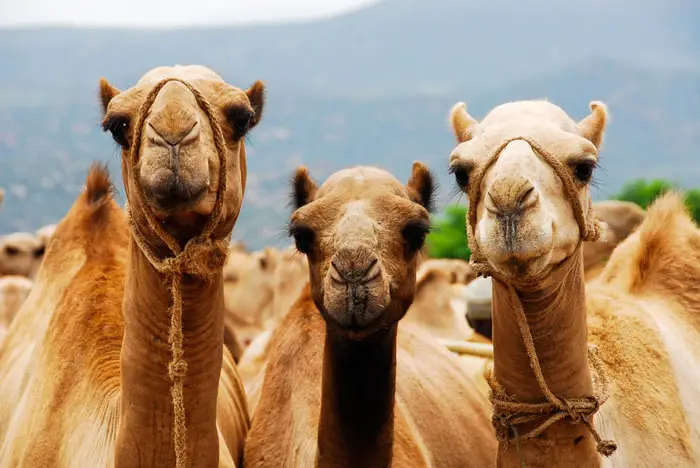
1. Name of Camel
The word “camel” in Arabic Gamal means beauty. The Arabian camel has one hump and Asians have two. The scientific name is Camelus dromedarius and Camelus bactrianus.
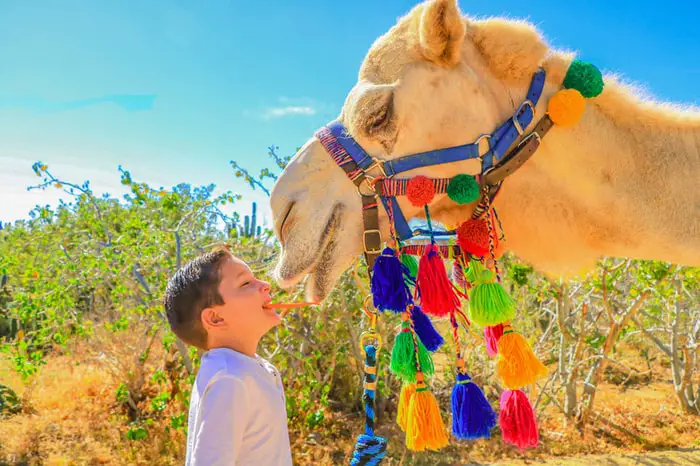
2. Maintenance of Body Temperature
Most mammals’ body temperature, including humans, is usually around 36° C (96° F). If the body’s internal temperature rises to more than 36.5 degrees (102 F), then the internal organs begin to be damaged. Exceeding 40° C (104° F) causes severe damage to the liver, kidneys, brain, and digestive system. At a temperature of 41° (105° F), the body’s cells begin to die.
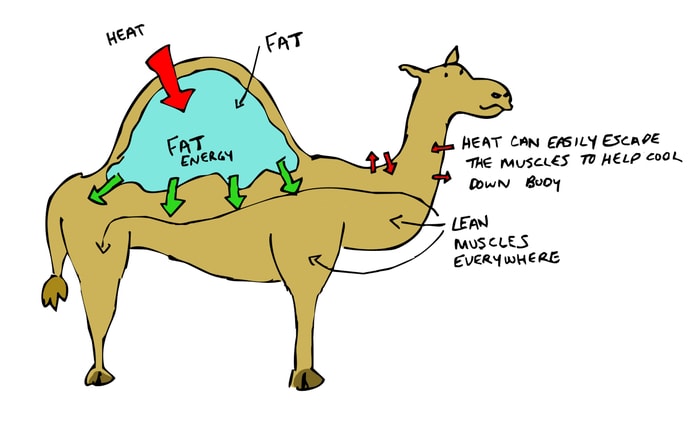
This is why when the internal temperature of mammals rises above average, the body sweats and cools by releasing excess heat.
But the camel has to endure a temperature of 41° C every day. The camel retains water until the temperature reaches 41° C, and then it starts sweating.
3. Behavior at High Temperature
The camels sit on the ground very early in the morning before the desert sand warms up. When sitting, the legs are spread under the body to not come to the body from the ground. He faces the sun so that the smallest part of the body is heated.
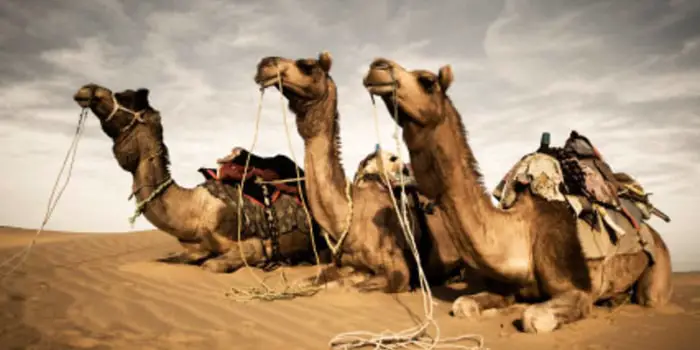
A herd of camels rests side by side while resting so that a small part of the body can absorb heat. Its metabolic rate is standard, even at high body temperature.
4. Blood Characteristics of Camel
Camel blood is specially made to hold large amounts of water. Once a camel starts drinking water, it can drink about 130 liters of water, about the equivalent of three tank fuel tanks, in 10 minutes. If any other animal drank this enormous amount of water, excess water would enter the bloodstream, and the blood cells would swell and burst due to the osmotic pressure. But camel blood cells have a special coating, which can withstand much higher stress. It is because of this special blood that a camel can drink so much water at once.
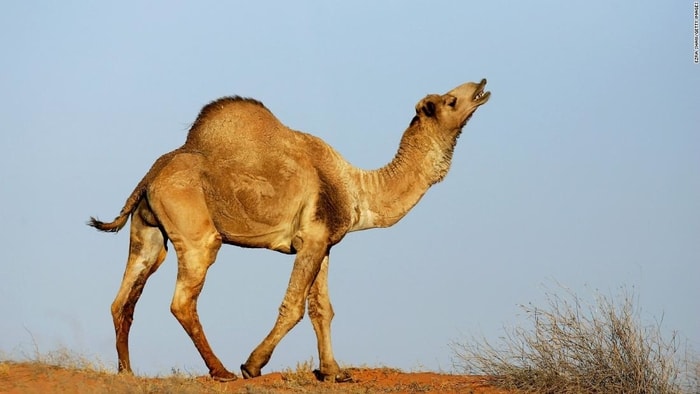
5. Hump of Camel
Dromedary camels have one hump, and Bactrian camels have two. When a camel eats well, its hump is filled with fat and remains in a tight state. When a camel is starving for a long time, a lot of fat is lost in energy production, and its hump becomes soft and fat.
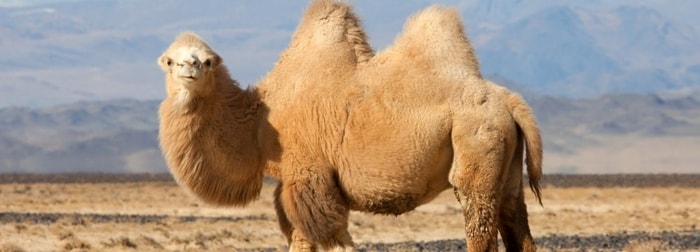
6. Hooves of Camel
Camel legs also have hooves like cows. But there are soft pads on the soles of camels which cows do not have. Like cows, camels also roam or chew. But the camel’s stomach is three-chambered instead of the four-chambered stomach like that of ordinary ruminants. So many people call them pseudo ruminants.
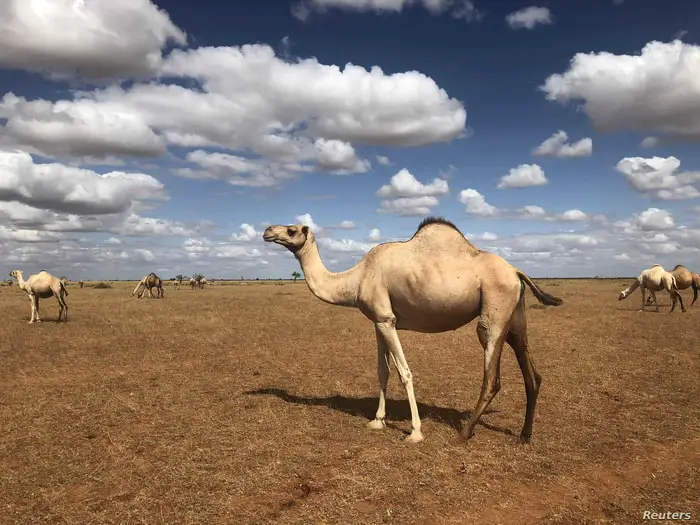
7. Water Tolerance Capability of Camel
It can tolerate water loss equal to more than 30% of body weight. Most mammals, on the other hand, die after a 15% decline.
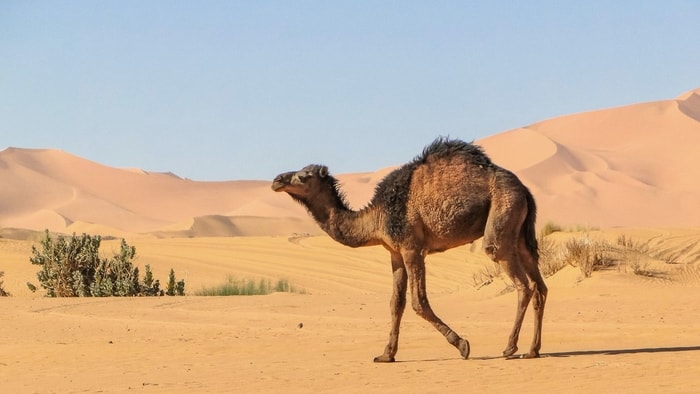
8. The shape of Red Blood Cell (RBC)
The red blood cells in mammals are round. Only the camel’s red blood cells are oval, which helps in blood circulation in dry conditions. Its cover is also firm, which can withstand the osmotic variation that occurs when a camel drinks a lot of water in a short time, and the cover does not rupture.
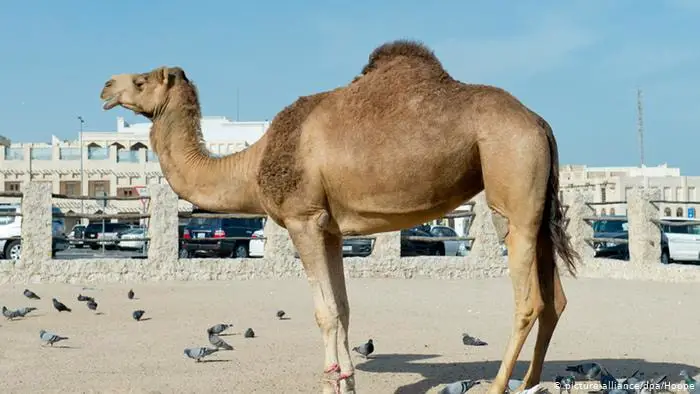
9. Disease Resistance Capability of Camel
Camel resistance is different from other mammals. Camel diseases are much less common than cows and goats. Its immune system is very exceptional. The antibody that is made with its immunoglobulin does not have a light chain.
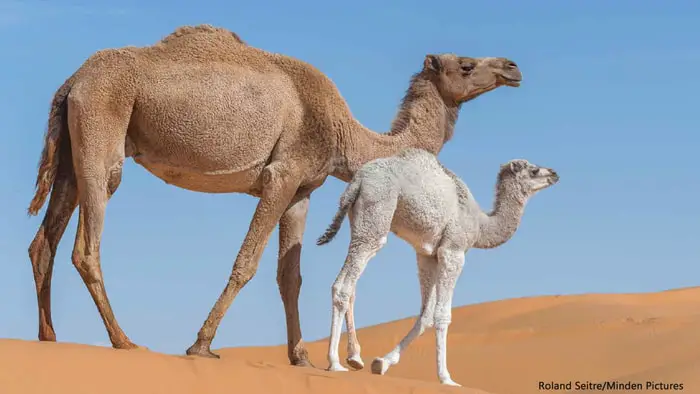
Typically, Y-shaped antibody molecules have two heavy (or long) chains. Along the length of Y and two light (or short) chains at each end of Y and which antibodies also have the feature of only two heavy chains that make them smaller and make it more sustainable. The mechanism discovered in 1993; these “heavy-chain-only” antibodies are thought to have evolved 50 million years ago.
10. Mouth of Camel
Camel’s mouth has a thick lining of problematic skin. That’s why the animal can eat the thorny weeds and plants of the desert. They can drink 130 liters of water within 10minutes.
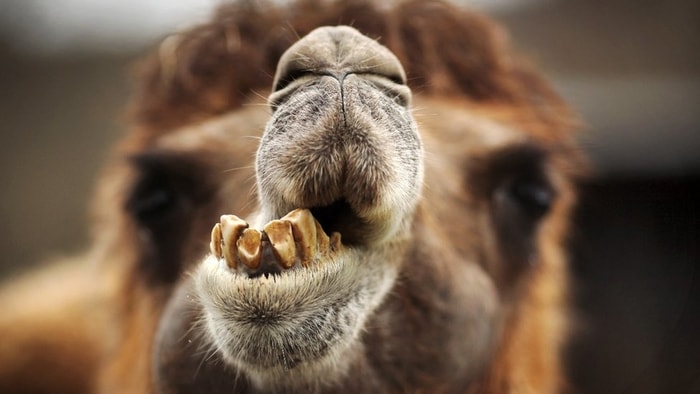
Concluding Remarks
The camel is one of the exciting creatures of Almighty Allah. Many characters are inserted within the animal for humankind. The human being will utilize their capabilities for survival in extreme weather. This creature reminds us of how the creator is meticulous in creating every individual species.
